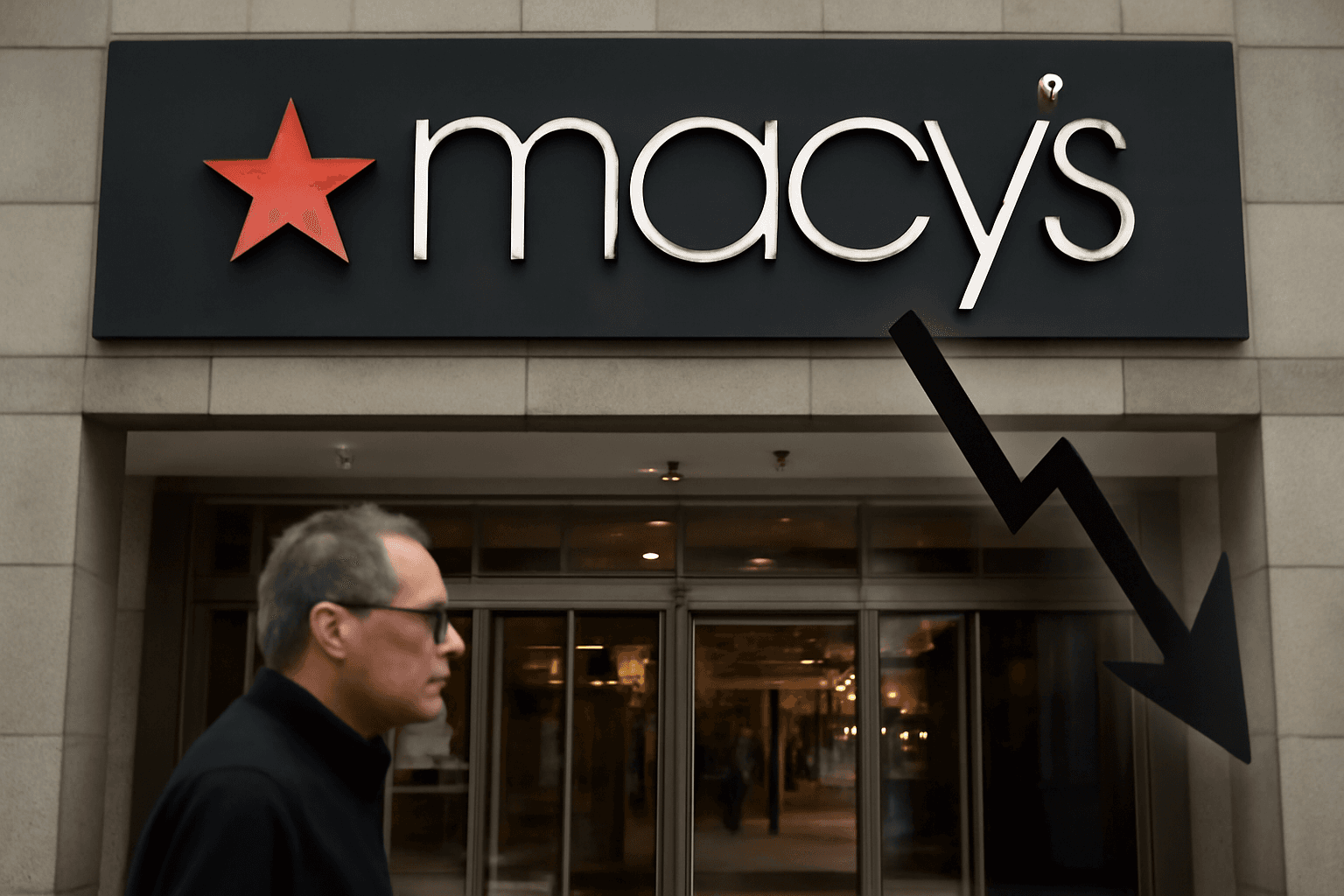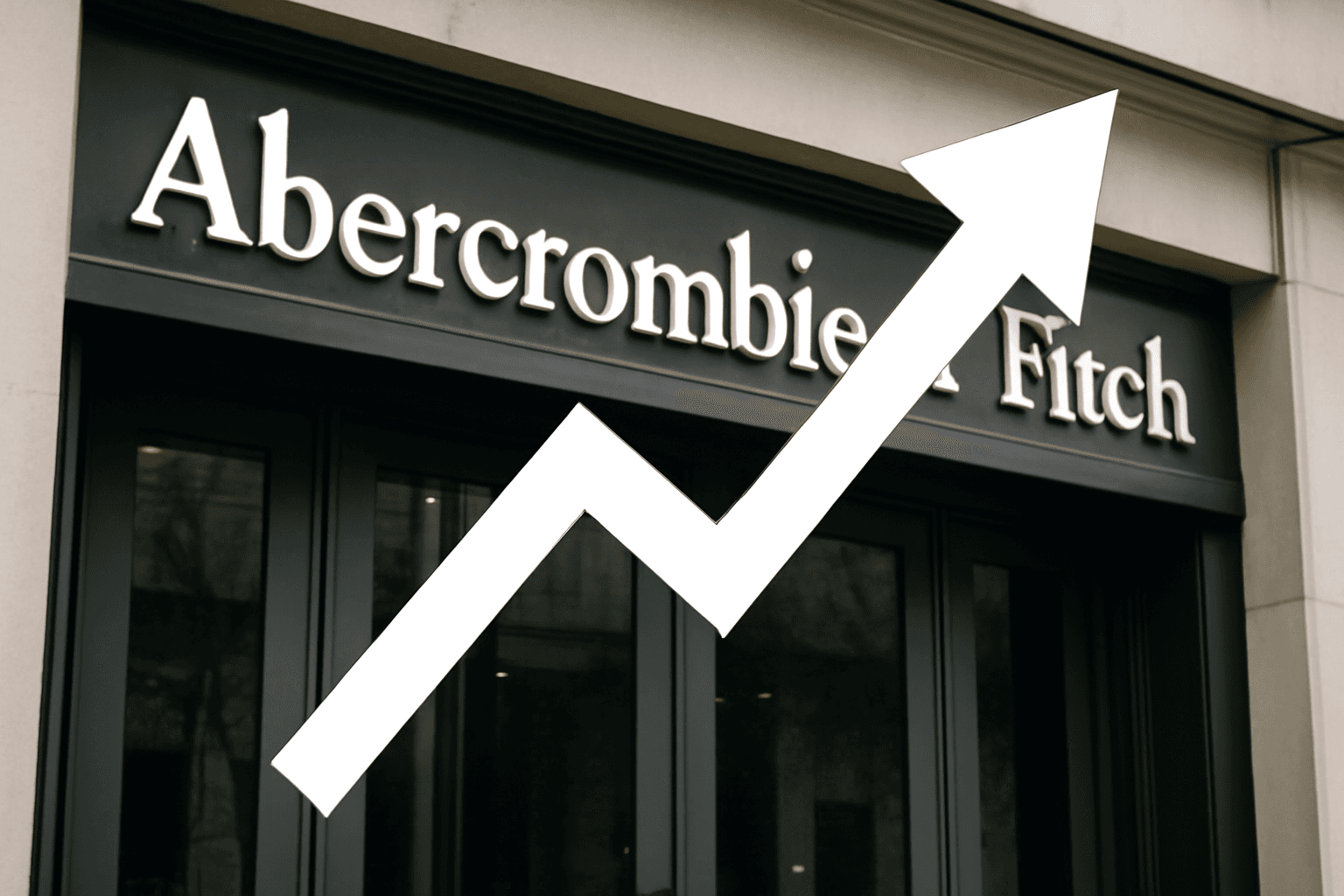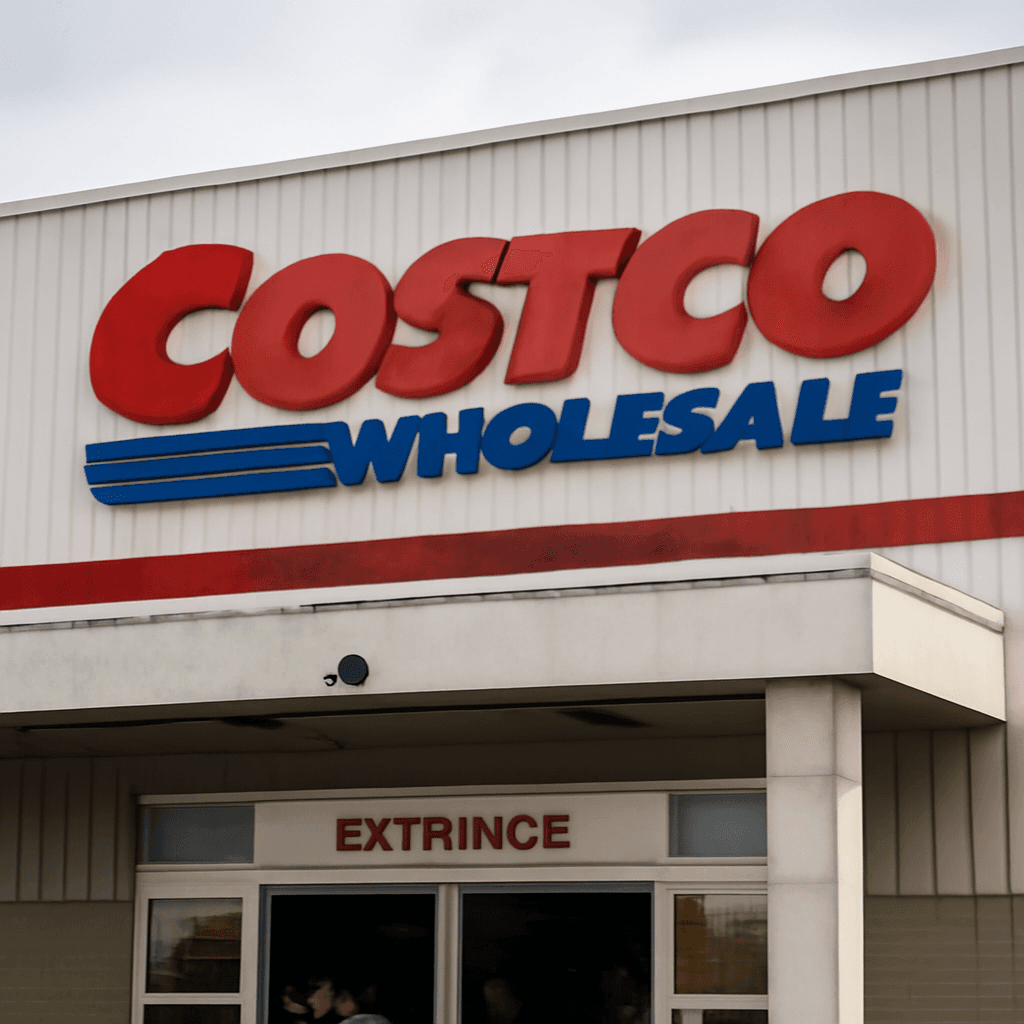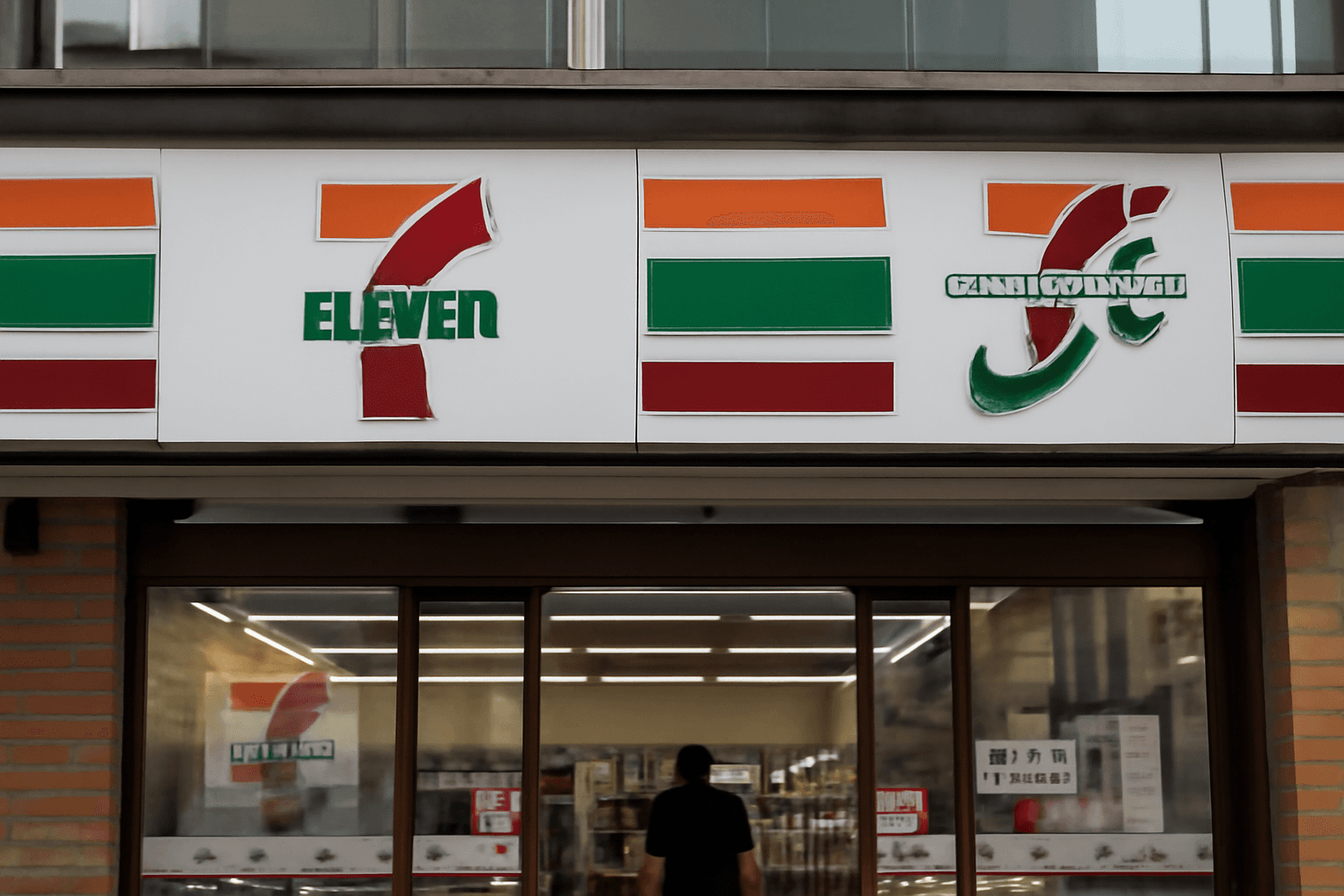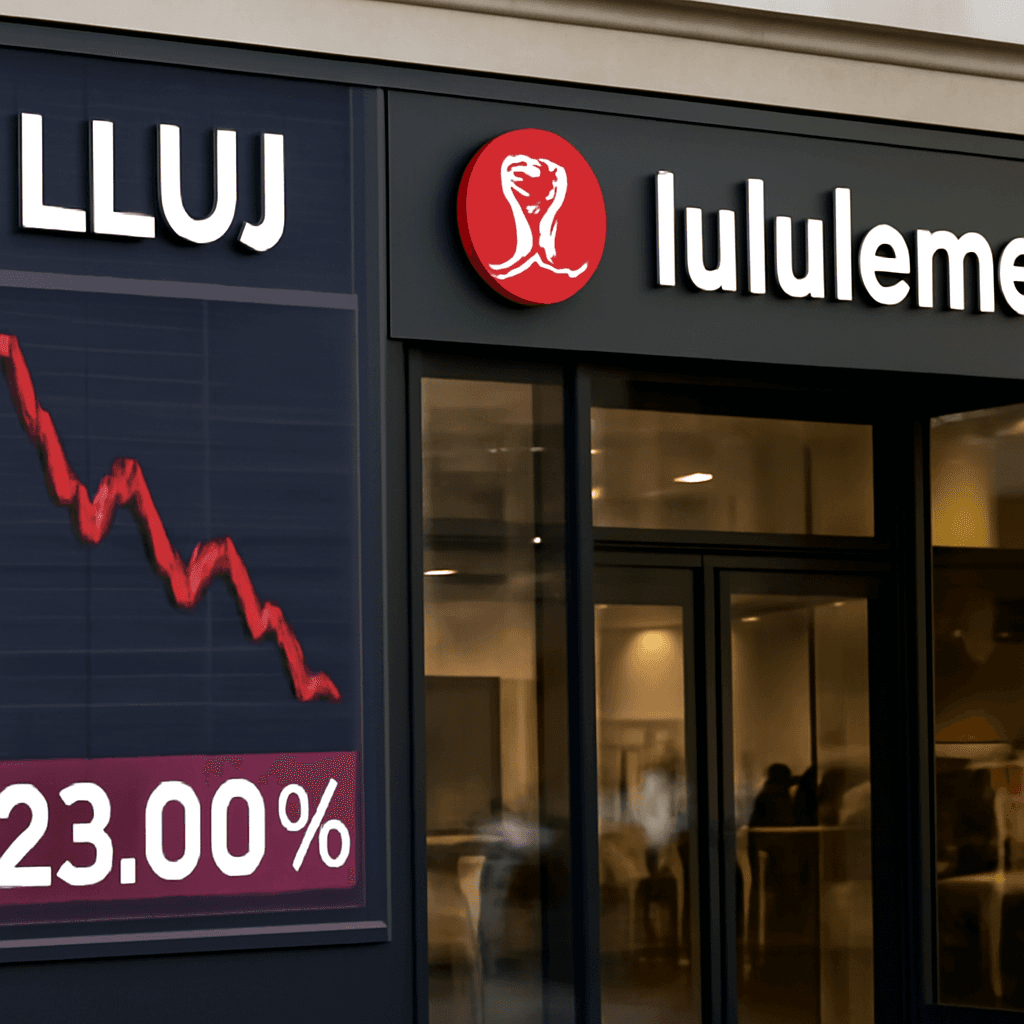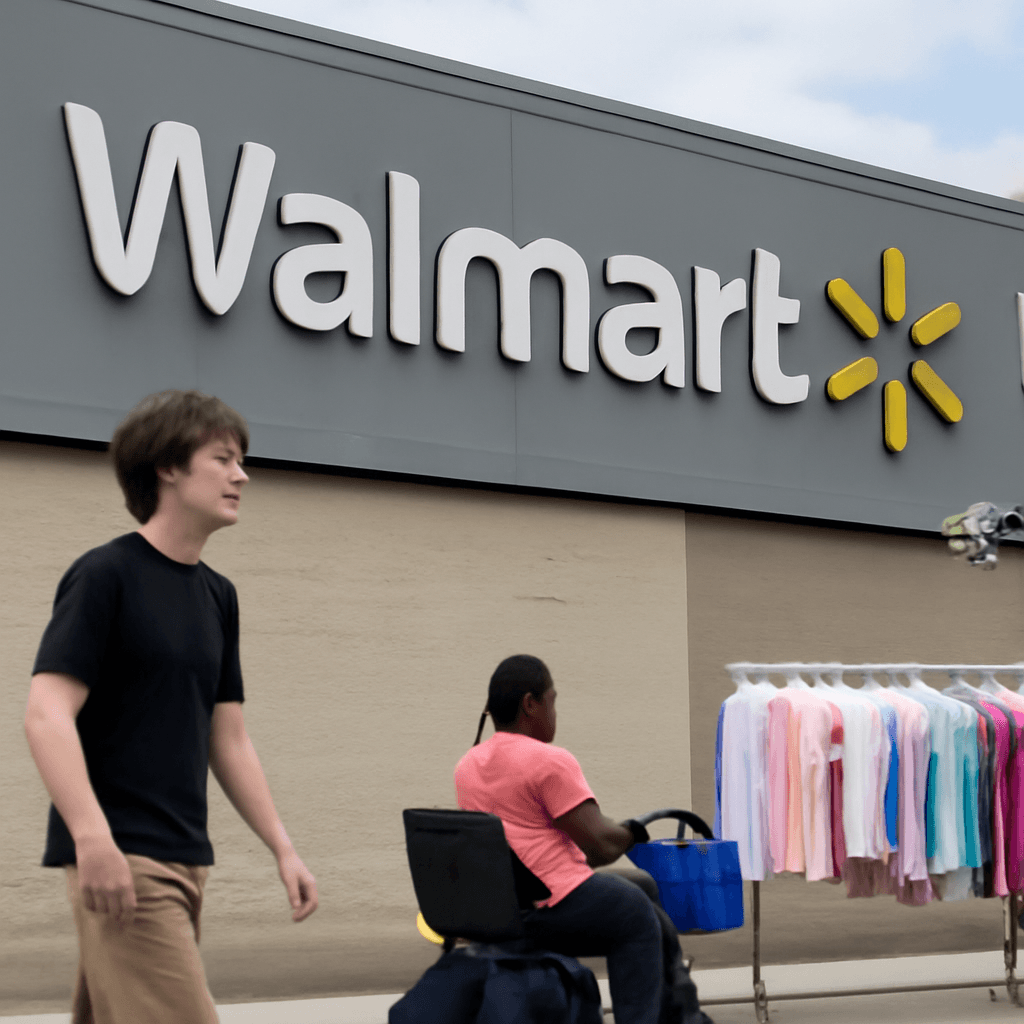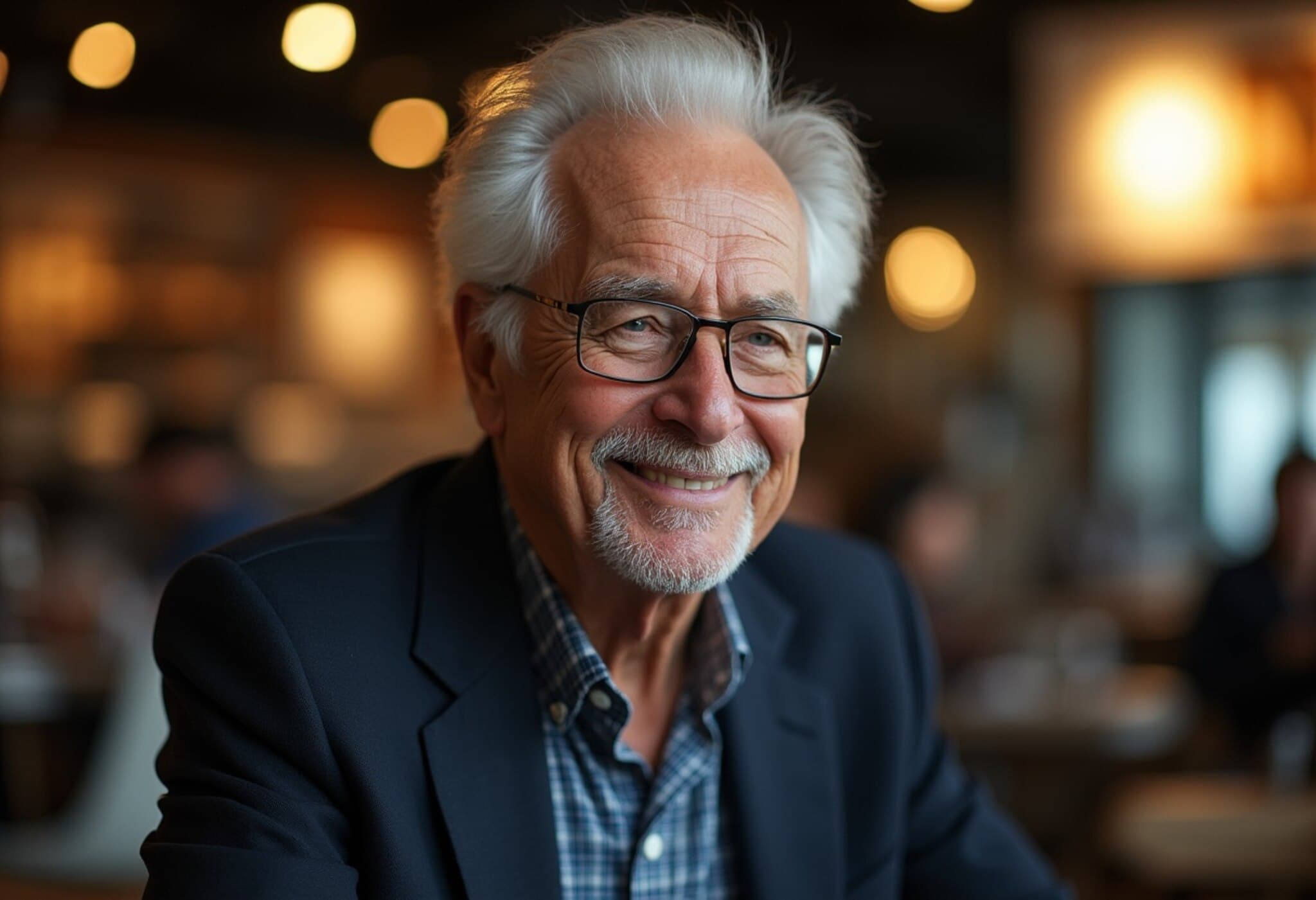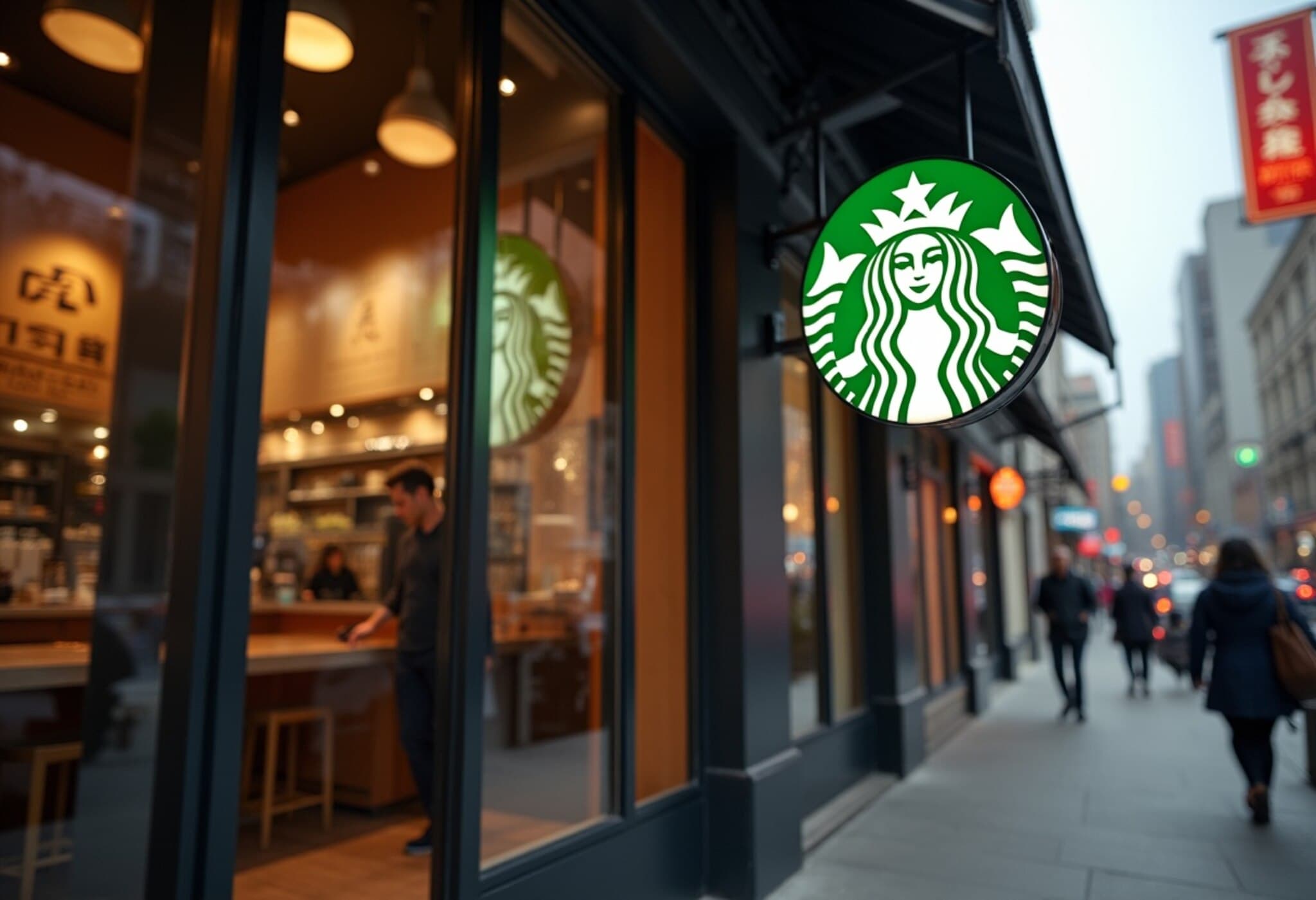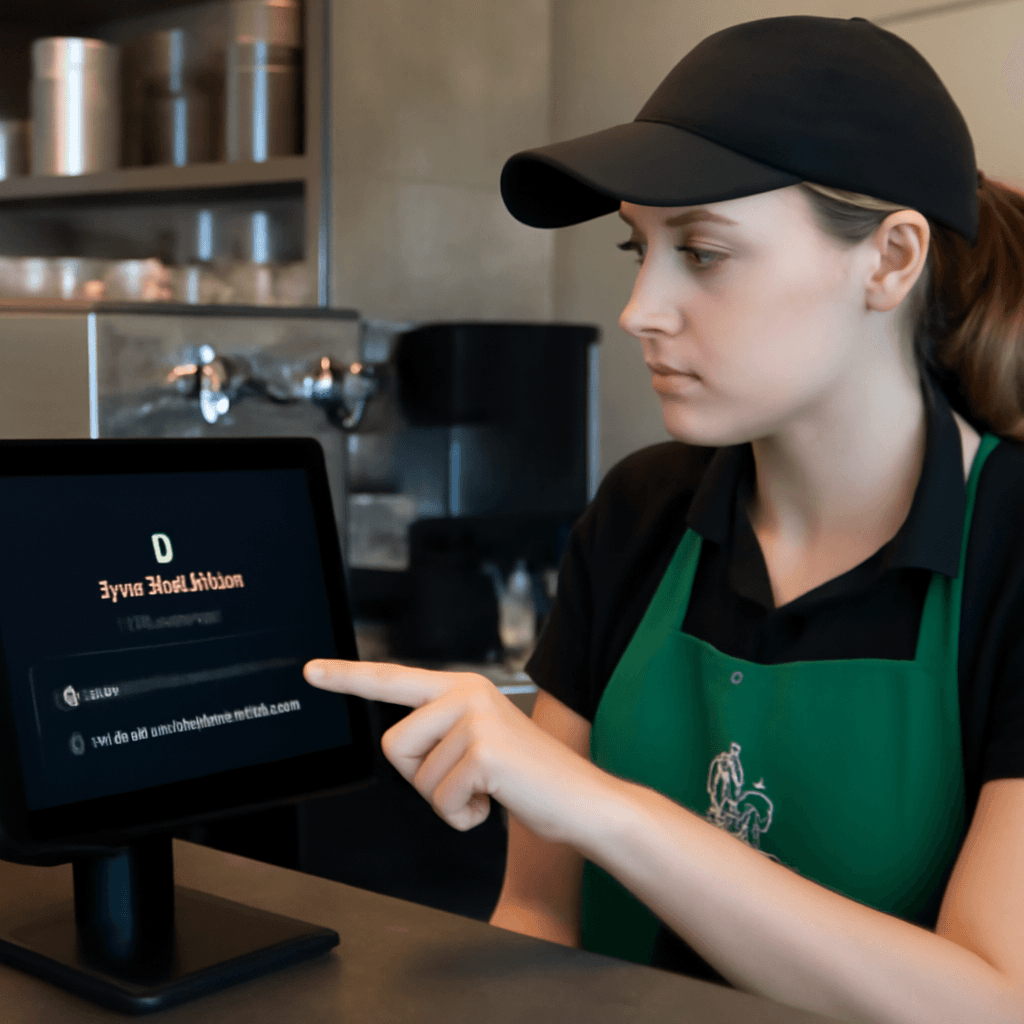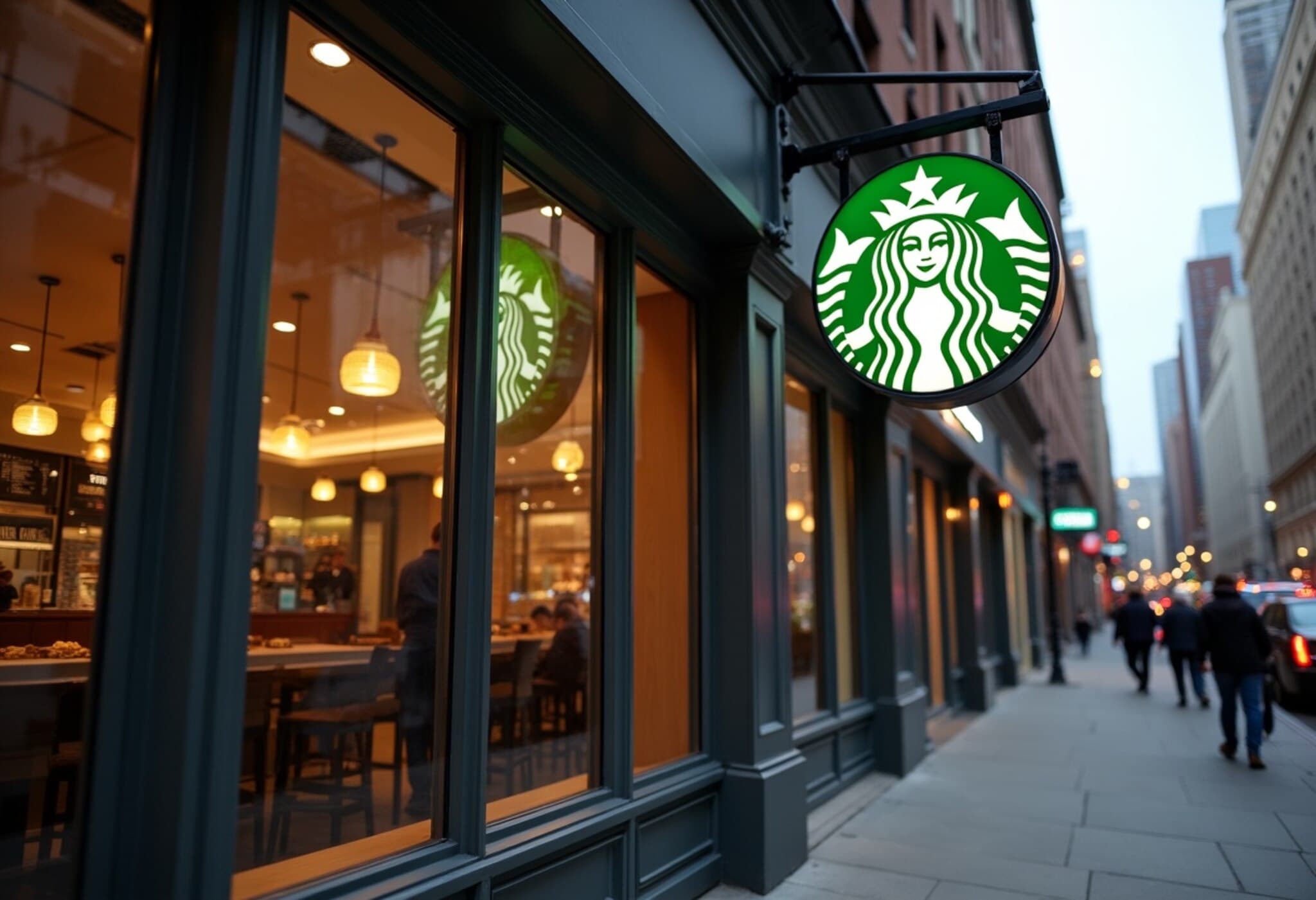Starbucks Shifts Focus to Employees Amid Turnaround Efforts
Amid its ambitious plans to reenergize the brand and reconnect with customers, Starbucks is zeroing in on its store managers and employees, promising a cultural revival and enhanced workplace support. CEO Brian Niccol presented a bold vision during the company's Leadership Experience event in Las Vegas, aiming to rekindle the spirit that originally fueled Starbucks' rise.
Reclaiming the Starbucks Experience
Since stepping into his role, Niccol has championed a "back to Starbucks" approach designed to restore the brand’s core identity that recent years had somewhat diluted. This philosophy was front and center during the gathering of over 14,000 store leaders, where the company introduced the new 1971 Roast, a tribute to Starbucks' founding year.
Small yet symbolic details—like the wifi password "backtostarbucks!"—underscored the push to reaffirm the company’s original values and its dedication to both coffee and community.
Plans for Cosier Cafés and Internal Growth
- Starbucks plans to add seating back into its locations after removing roughly 30,000 seats nationwide, acknowledging that customer and employee frustration grew over the loss of inviting spaces.
- Increased staffing authority will empower store managers to have a greater say in workforce decisions, particularly as the chain expands.
- Starting next year, most North American stores will benefit from the addition of a full-time assistant store manager, a move aimed at easing managerial burdens.
- The company seeks to boost internal promotions for store leadership roles from 60% to 90%, supporting career growth as Starbucks prepares to open thousands of new cafes.
A Culture Reboot Rooted in Connection
Niccol emphasized that Starbucks is essentially a business about "connection and humanity," and that great people fuel great outcomes. This messaging resonated during the event, signaling a shift to recapture Starbucks' historic role as a welcoming "third place" for community and conversation, even as app-based ordering grows.
By reversing earlier decisions such as removing seating and improving employee empowerment, Starbucks aims to revitalize the coffeehouse atmosphere that once defined it.
Tackling Staffing Challenges Head-On
Staffing shortages and employee concerns have fueled widespread unionization efforts across Starbucks locations in the U.S. Past labor cuts, while boosting margins, contributed to burnout and slower service.
Responding to these challenges, Starbucks is speeding up the rollout of its Green Apron labor model, shown to enhance service speed and customer traffic. This model increases managerial discretion in staffing levels, giving leaders more control.
Chief Partner Officer Sara Kelly received enthusiastic applause for announcing dedicated assistant manager roles to better support stores and ensure managers can fully disconnect when off-duty.
Endorsements from Former Leaders Highlight Challenges and Optimism
Former board chair Mellody Hobson and Starbucks icon Howard Schultz were among the most applauded figures at the event, signaling deep respect for the company’s heritage and leadership legacy.
Hobson, who recently stepped down after nearly two decades, was lauded for her groundbreaking leadership. Niccol credited her with recruiting him to lead Starbucks’ revival.
Meanwhile, Schultz, who famously expanded Starbucks into a global powerhouse, made a surprise appearance, rallying store managers with a call to honor the brand’s authenticity and passion for coffee.
He urged leaders to harness renewed energy to "surprise and delight" customers and defy skeptics, evoking the same spirit that propelled Starbucks’ initial surge decades ago.
Looking Ahead
With its renewed focus on employee well-being, welcoming spaces, and internal growth opportunities, Starbucks is positioning itself to not only win back customers but also rebuild confidence within its vast network of store leaders. This employee-first turnaround could prove pivotal as the company navigates evolving consumer habits and a competitive market.



